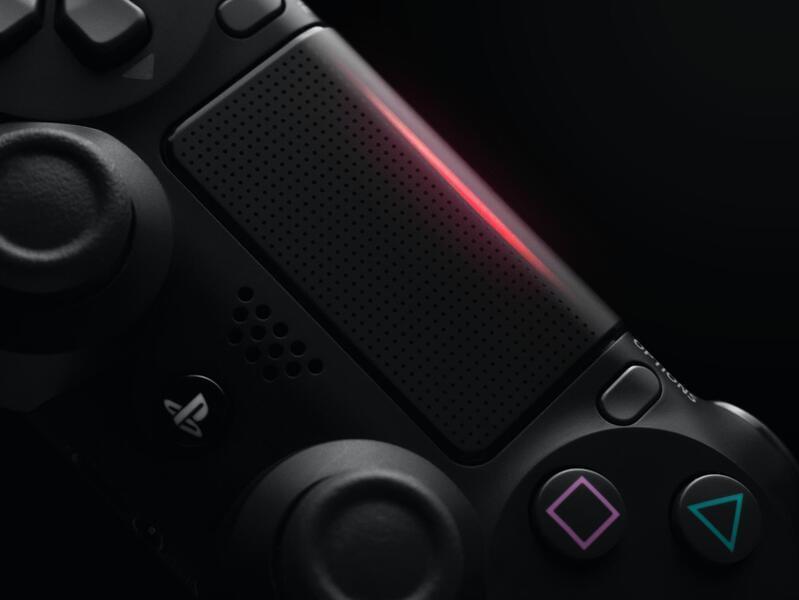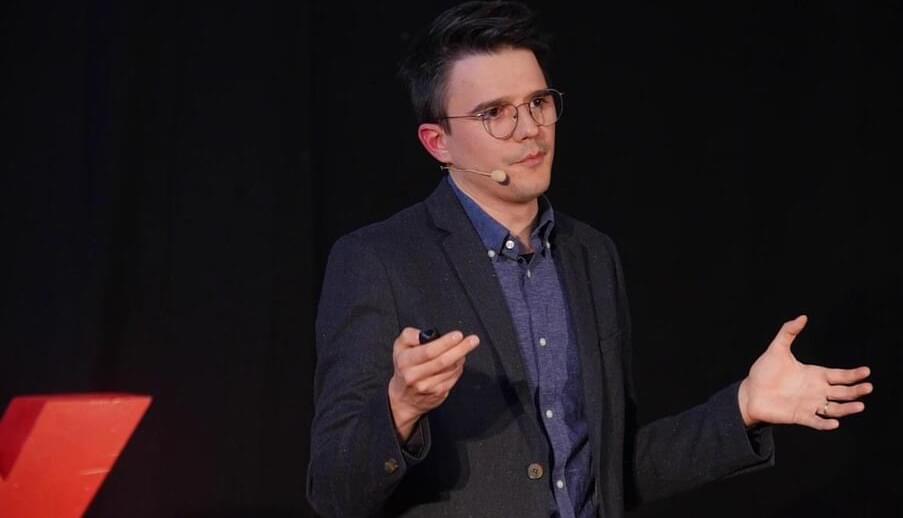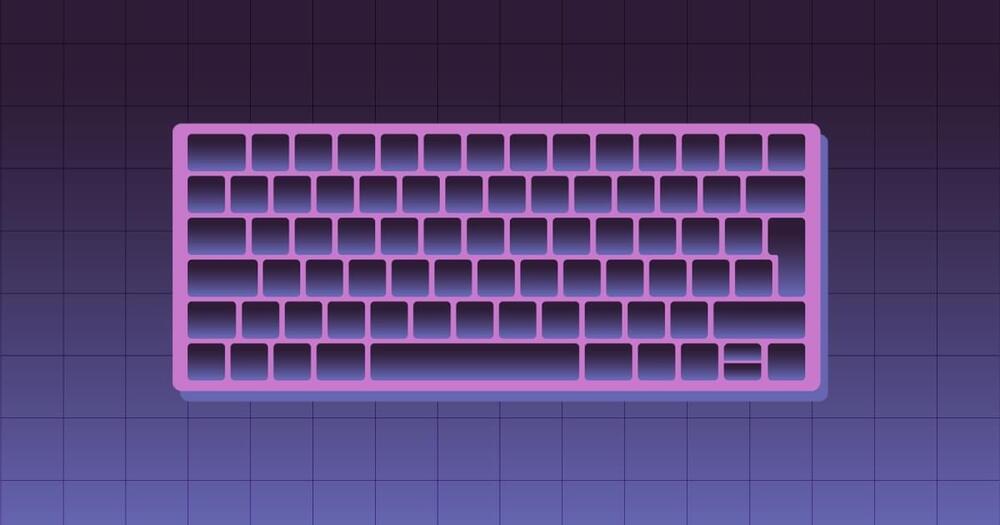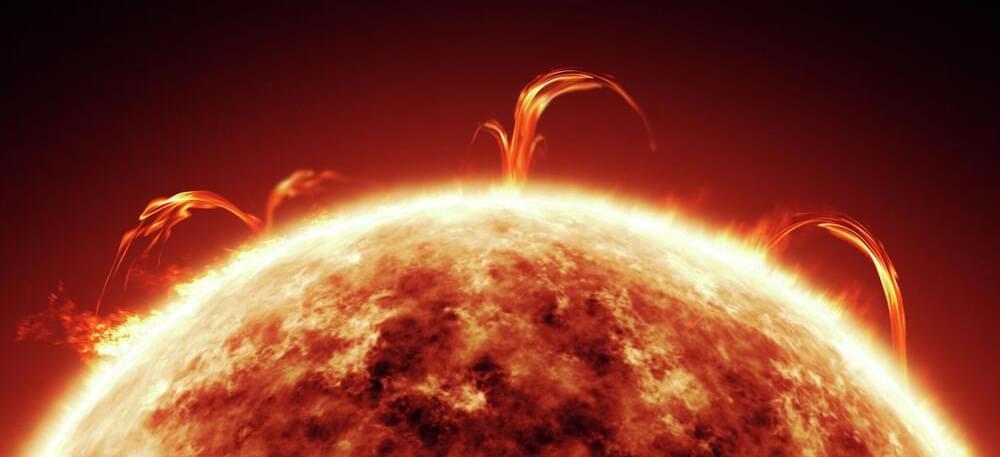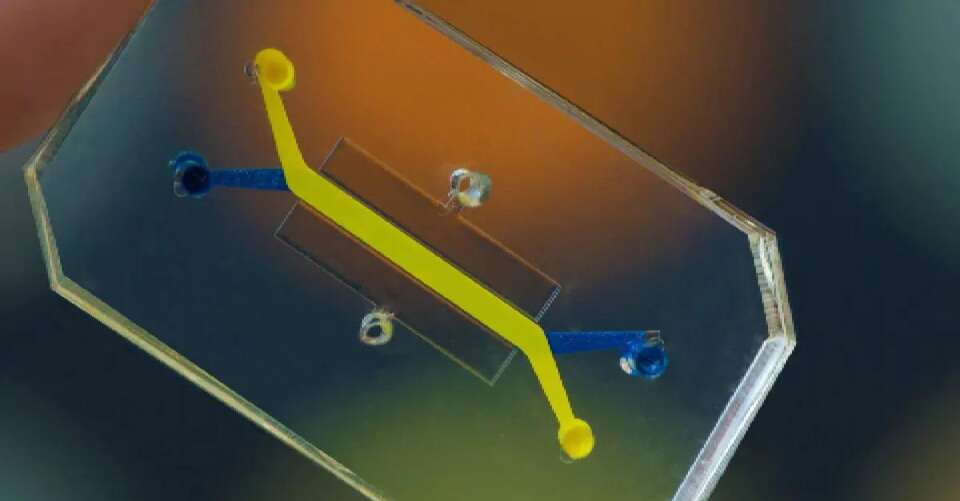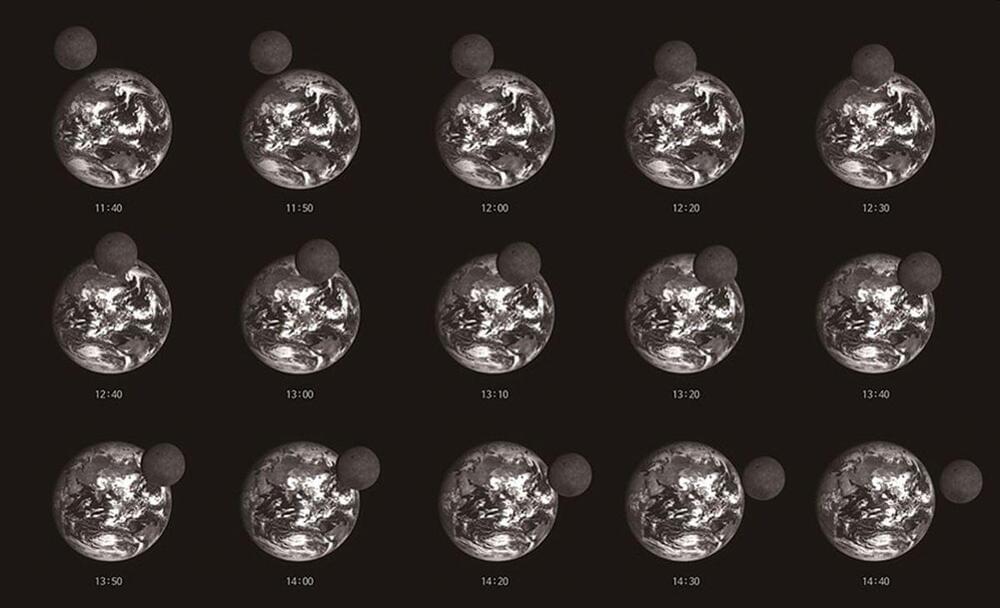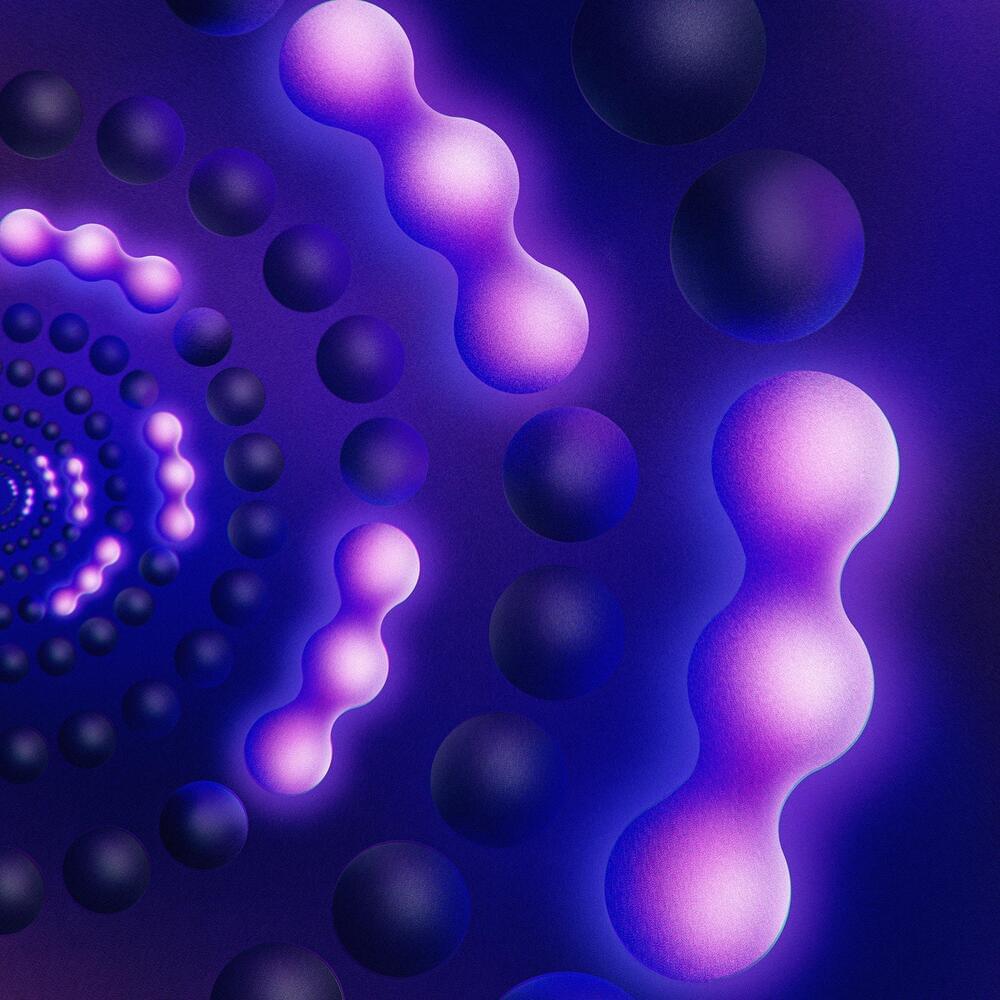Dec 17, 2022
Why Wetting a Surface Can Increase Friction
Posted by Saúl Morales Rodriguéz in category: nanotechnology
Experiments suggest that hydrogen bonding explains why a wet surface can have nearly twice as much friction as a dry surface.
A wet floor poses a risk for slipping, but in certain cases, water added to a surface can increase friction. Researchers have now found that this phenomenon is partly explained by hydrogen bonds between the water and the surface, an effect that was not previously thought to play an important role [1]. The team reached this conclusion by studying the friction between two silicon surfaces under a range of wetness conditions. The researchers showed that heavy water produces greater friction than normal water—evidence that hydrogen bonding has an influence. The results could lead to a deeper understanding of the effects of humidity on friction.
The earliest friction studies looked at relatively large objects, such as a wood block sliding down an inclined surface. More recent efforts have focused on the nanoscale, exploring the friction forces on needle-like probes. These latter experiments have identified the friction mechanisms that operate at a single microscopic bump, or “asperity,” on a surface. But a missing piece is how to relate the friction at nanoscales to that at macroscales, says Liang Peng from the University of Amsterdam.

